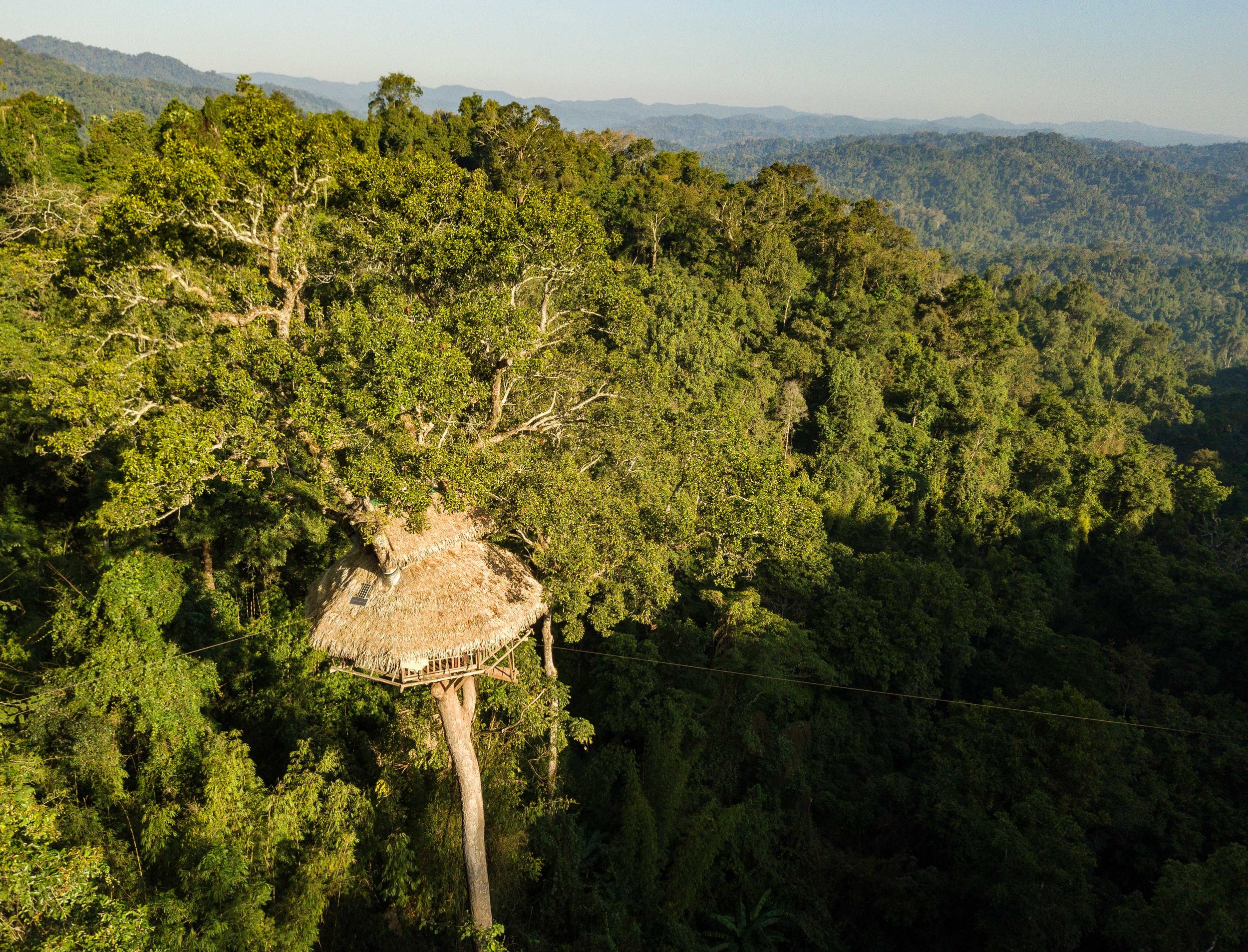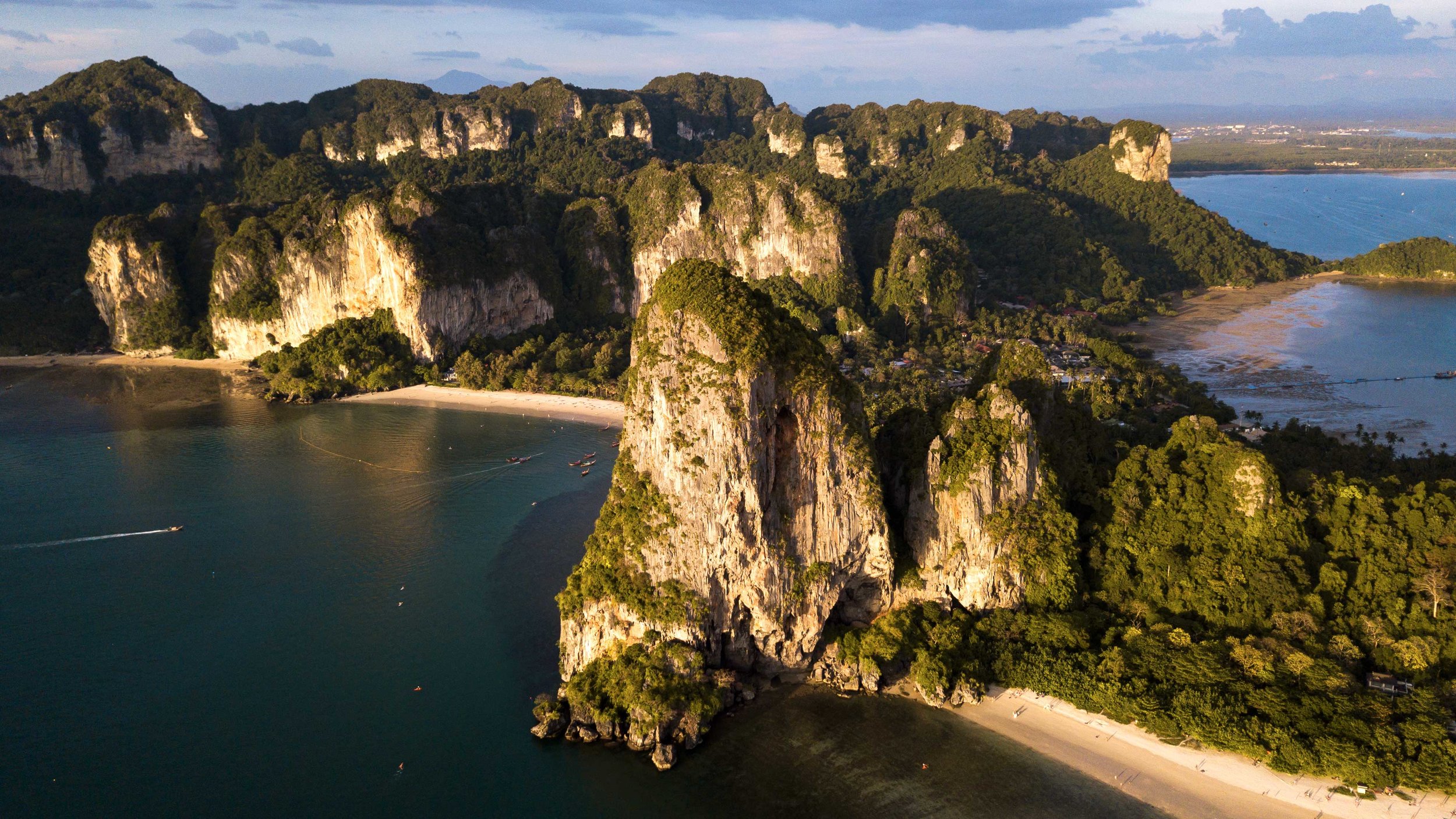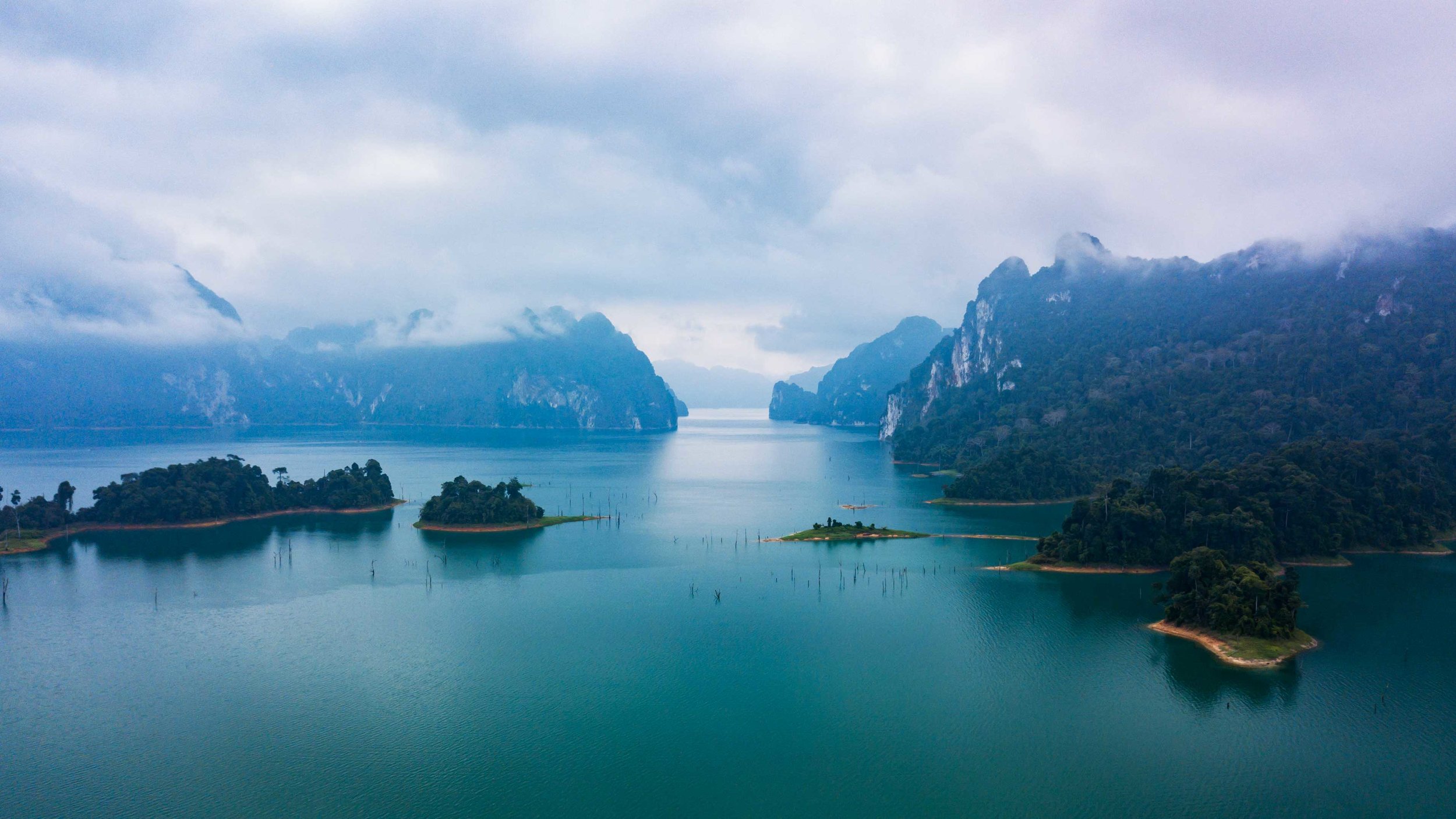At the end of 2017, I quit my full time job, picked up a remote position, and spent almost a year traveling across three continents. I searched for both unique and remote destinations featuring outstanding natural phenomena that I could photograph from the sky. I eventually came to realize the absurdity of my search. I was looking for undisturbed nature; frontier tourism as some might call it, but through visiting these areas and posting photos of them, I was contributing to the demise of the natural beauty I was seeking out to begin with.
San Andres & Provedencia
Colombia - September 2017
San Andres & Provedencia are two tiny Colombian islands off the east coast of Nicaragua. This area of the ocean is very secluded, making it a great place for pirates (including the famous Captain Morgan) to store treasure. One beach on San Andres is full of shipwrecks due to the misleading depth of coral and rocks in the clear blue water. Providencia has the third largest barrier reef in the world - one of the reefs least impacted by climate change. The residents of the island are very proud of the “untouched” coral but there is still bleaching off the coast and it is increasing every year.
Plitvice Lakes National Park
Croatia - October 2017
Plitvice lakes is the most beautiful natural phenomenon I encountered on my travels. It is a half day trip from Zagreb and home to the most stunning waterfalls in the world. The park has hiking paths seamlessly integrated into the falls area. This UNESCO world heritage site is in danger due to increasing tourism, now at over a million visitors per year, causing increased construction in the park, and pollution in the surrounding waters.
Koh Tao
Thailand - November 2017
Koh Tao (Turtle Island) is a scuba destination one flight and two boat rides away from Bangkok. The island is very rocky and is located in one of the most calm parts of the ocean which makes it fantastic for coral life. Due to extreme development and tourism, the coral directly along the coast is mostly bleached due to long-tail boats. Offshore however, there are still many great spots to scuba or free dive.
Pu Chi Fi
Thailand - January 2018
Pu Chi Fa is a mountain on the border of Thailand and Laos. It is a three hour bus ride from the nearest city Chiang Mai, and currently only popular amongst Thai tourists. The site is famous for the outrageously beautiful sunrise through the “sea of clouds”. I camped out here overnight, managing to rent a tent and space on the mountain from a Thai park worker using just hand gestures. Luckily this site is so far away from civilization, there is little human impact on the environment so far.
Nam Kan national park - The gibbon Experience
Laos - February 2018
The farthest from civilization that I made it on my travels was the Gibbon Experience. A flight from Bangkok to Chiang Rai, a 3 hour bus over the Laos border, another 3 hour pickup truck ride through jungle rivers, up and down hills, then a half day hike, puts you in the middle of Nam Kan National Park - the middle of gibbon habitat.
Travelers live, eat, and sleep in (allegedly) the tallest treehouses in the world. The only access is by zip-line. At dawn you can hear and sometimes even see gibbons swinging in nearby trees. Fortunately, the organization that provides access to these treehouses is working with the government to expand the national park and prevent the spread of illegal logging and poaching in the nearby area.
Railay Beach
Thailand - March 2018
Railay Beach is one of the top rock climbing destinations in Asia. It is a peninsula surrounded by tall limestone cliffs. The only way to access the area is by longtail boat. Thousands come to visit each day which has turned the area into one of the most expensive places to stay in Thailand. Construction and development is continuous but can not keep up with demand. There is trash everywhere, a lack of bathrooms and clean water/ice, and the area has suffered the curse of the longtail - hundreds of boats coming to shore every day has killed all of the coral in the surrounding area.
Koh Lao Liang + Koh Muk
Thailand - March 2018
Koh Lao Liang and Koh Muk are remote Thai Islands in the Andaman Ocean. Koh Lao Liang is a national park with just 50 meters of beach and 20 tents set up. Most people travel here to climb on the limestone cliffs - both top rope and deep blue solo style - no rope, with the water to break you fall. The coral here is partially bleached from pollution in the area but it was still the most isolated and relaxed I felt while traveling.
Siargao
Philippines - April 2018
Siargao is only accessible by two flights from Manilla or a flight and a boat ride. It is still relatively unknown but quickly increasing in popularity because of amazing surfing spots (Cloud 9) and great surfing conditions almost year round. People frequently describe it as what Bali was 20 years ago. The island is still mostly small communities without tourism but along the beach there is construction everywhere.
Nusa Ceningan & Nusa Penida
Indonesida - April 2018
Nusa Ceningan & Nusa Penida are small islands a couple of hours off the coast of Bali. The tourism industry is just getting going here. There are many areas of unspoiled nature but also a large amount of construction for the increasing number of tourists visiting each year. Penida is especially isolated but everywhere there is a beautiful beach, there is an entrepreneur developing a resort.
Khao Sok National Park
Thailand - May 2018
Khao Sok is one of Thailand’s most famous national parks. In the 80’s the Ratchaprapa Dam was built, flooding a mountainous valley of limestone and creating Cheow Larn lake. Today, there are many floating villas on the lake offering a very secluded nights’ stay inside the misty mountains.






























